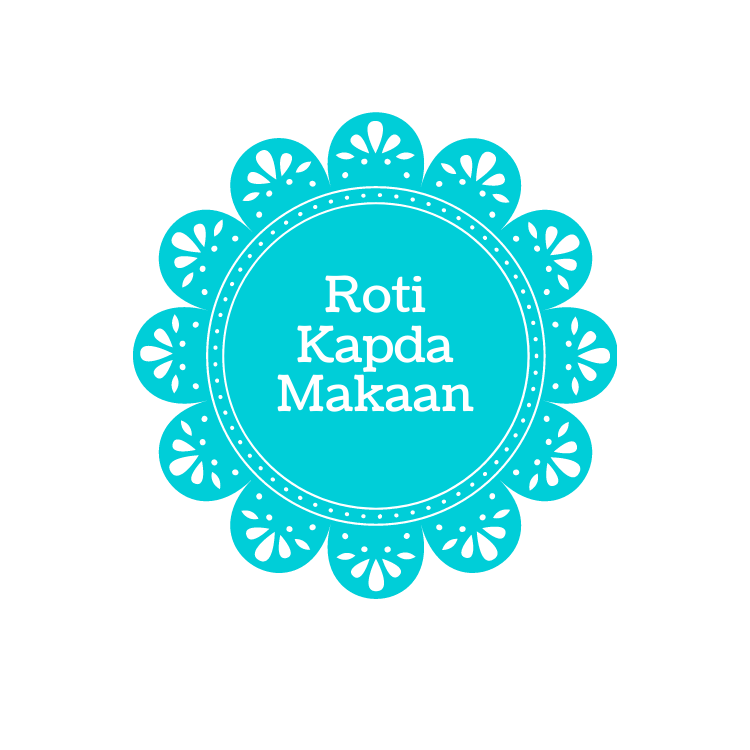I searched the internet to get a big enough list of hinglish words, and then separated them based on the word being a noun or an adjective. There were some other filters involved as well, for example frequency of the words used in day to day life and length of the words.
Once this set was prepared, I handpicked 64 adjectives and 128 nouns. Now, why 64 and 128 exactly?
Each id is combination of words, prefixed by a number. Something like:
number_prefix + random_adjective + random_noun + random_adjective + random_noun
The number_prefix can be from range 1-64, i.e. 2^6(64) different values of number_prefix are possible. In simple words, number_prefix represents 5 bits of information.
Coming to random_adjective, we only have 64 or 2^6 adjectives. So it also represents 6 bits of information.
And together they represent 12 bits, and 2^12 being 4096, that’s the total number of unique combinations we can have:
number_prefix(6 bits) + random_adjective(6 bits) = 12 bits of information
And hence:
number_prefix(6 bits) + random_adjective(6 bits) + random_noun(7 bits) + random_adjective(6 bits) + random_noun(7 bits) = 32 bits of information
Which means there are 2^32(4,29,49,67,296) unique combinations of numbers, nouns and adjectives our function can generate!
